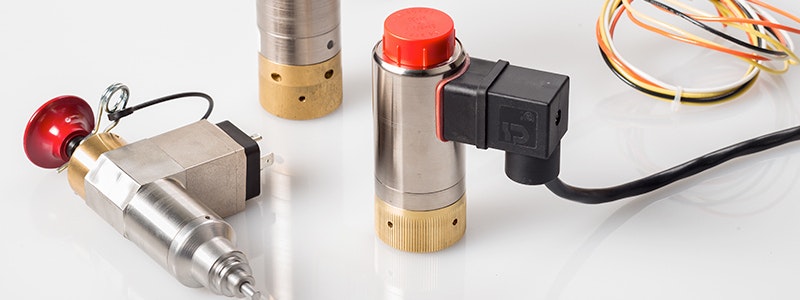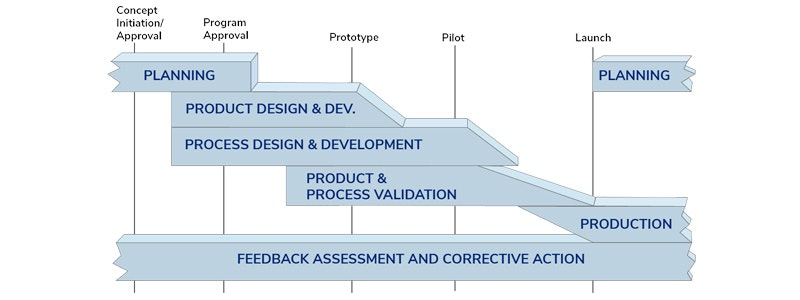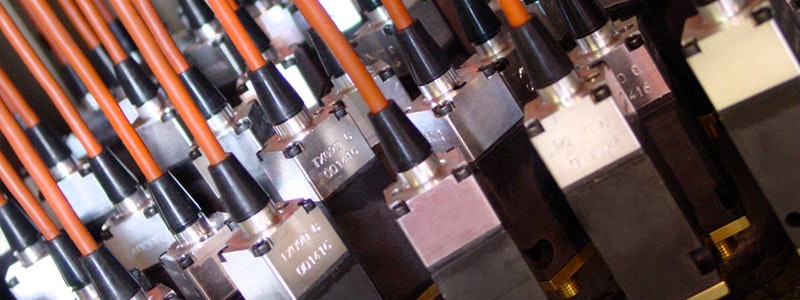Fuel Shut-Off Valve for Natural Gas Vehicles
TLX’s expert engineers saw the obstacles in designing a fuel shut-off valve for a natural gas application, and began identifying ways to improve valve performance.

Customer Problem
Desire for energy diversification and cleaner emissions have led to a rise in the number of light-duty vehicles (LDVs) and commercial, heavy-duty vehicles (HDVs) that use natural gas as fuel. While the increased interest and adoption of natural gas vehicles (NGVs) has promising implications, the shift presents many challenges to automotive and off-highway engineers.
Natural gas is stored and operates at a different pressure and temperature than conventional gasoline, therefore engine components must be reconfigured or designed to cope with the unique characteristics of natural gas. One such challenge was preventing gas leakage into the engine while not in use. A fuel shut-off valve was the component required to prevent natural gas leakage, however, several factors compromise the performance of the shut-off valve in NGV’s: large temperature gradients, flow requirements and size constraints.
The TLX Solution
TLX’s expert engineers saw the obstacles in designing a fuel shut-off valve for a natural gas application, and began identifying ways to improve valve performance. Using a fluorocarbon-based elastomer, the team at TLX was able to achieve drastically low leakage and maintain cold flexibility at temperatures down to -40C.
The engineers also used finite element analysis and computational fluid dynamics (CFD) software to help solve fit and flow problems stemming from the large temperature difference between natural gas and an energized solenoid. If you have a challenging NGV application that requires a solenoid or valve, please contact TLX to discuss your specific project.
Working with TLX
- Experienced partner of industry leaders, first-tier suppliers, and OEMs
- Direct access to our design and engineering team
- Localized production in USA and China
- Dependable single-source solution from design to delivery

Have questions or ready to get started?
Are you designing the technology of tomorrow?
Start your conversation with a TLX engineer today.







